How to store cabbage?
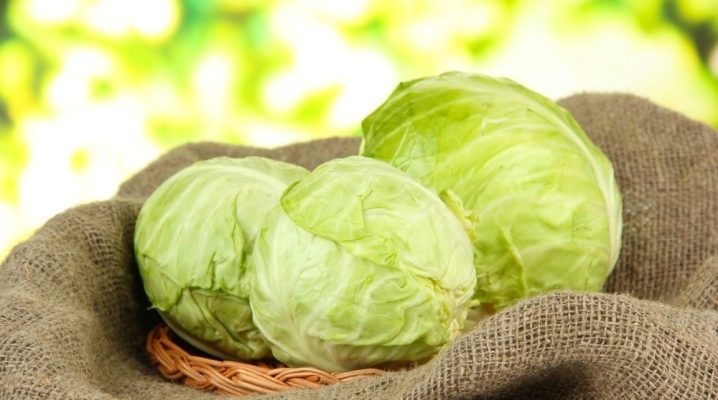
Cabbage can be considered one of the most popular vegetable crops. It contains a lot of components necessary for the body. This vegetable is the basis of the first and second courses, is indispensable in fresh salads, and is used in conservation. In order for the harvested crop to retain its taste for a long time, cabbage must be properly stored. The preparation of a vitamin vegetable for storage, the most suitable places and methods, will be discussed in our article.


Preparation
The word "cabbage" comes from the Latin word "caput", which means "head". This tasty and equally healthy vegetable is on the table almost every day. The most commonly used cabbage is white cabbage. Its presence allows you to eat delicious foods all year round, saturate the body with vitamins and microelements.
It is worth noting that not all varieties of this vegetable are suitable for long-term storage. So, early-ripening varieties with dense and loose heads of cabbage are not used, therefore they are usually not left, but used immediately for food.
The varieties "Dobrovolskaya", "Kupchikha" are classified as mid-season; they can be stored for up to three months.

Late or mid-late varieties with firm heads of cabbage are suitable for long-term storage. Although they are less juicy than early and middle varieties, they can stay fresh throughout the winter if properly stored. These varieties include cabbage "Amager", "Winter", "Blizzard", "Glory", as well as "Stone head", "Moscow late".
When laying vegetables for storage, preliminary preparation is carried out.
- In order for white cabbage to be stored for a long time, it is necessary to harvest on time. Usually, the vegetable fully ripens by mid-October, that is, after 95-110 days from the emergence of shoots. It is recommended to collect the heads on a fine, dry day, without waiting for severe frosts or night temperature drops. It is advisable that the temperature during the day should not be lower than 2-8 degrees. Night frosts are allowed, but they should not be strong either. The temperature at night should not drop below 3 degrees below zero. When harvested early, the heads of cabbage will crack and spoil soon after.
- It is also important to be able to cut heads of cabbage correctly. To do this, use a sharp knife. When cutting, it is necessary to leave stalks up to 2-3 cm.
- Next, you need to inspect the head of cabbage and remove the top leavescleaning from dirt.
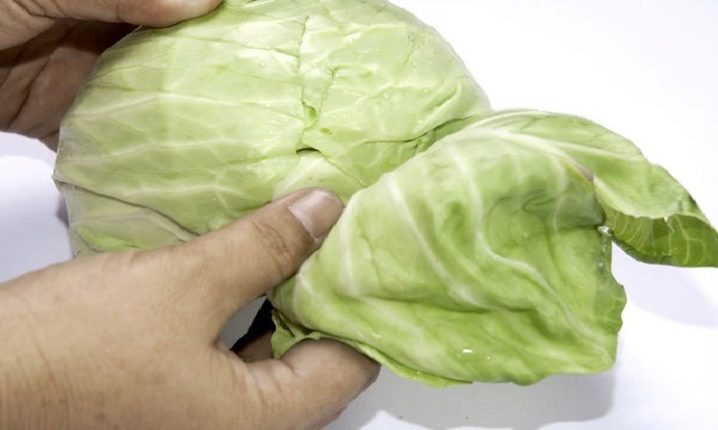
At the final stage, heads of cabbage are selected, while vegetables with damages and cracks are laid separately. Also, for long-term storage, do not use forks affected by insects or pests. It is better to take them for processing, salting or pickling.
Storage methods
There are many different ways to store the harvested crop. Also, the expiration date of the forks will be different. These indicators depend on storage conditions, varieties. If the forks are stored in specially designated areas, the vegetables will remain fresh for 3-5 months.
- If you keep them on the balcony or in the refrigerator, then you can extend the period up to 2 months.
- When stored without using a basement or refrigerator, that is, simply in an apartment, cabbage will be stored for a week. But if you comply with certain requirements related to the storage of the crop, then you can enjoy the juicy cabbage for up to 8 months.
- The vegetable can be stored in the freezer for up to a year.
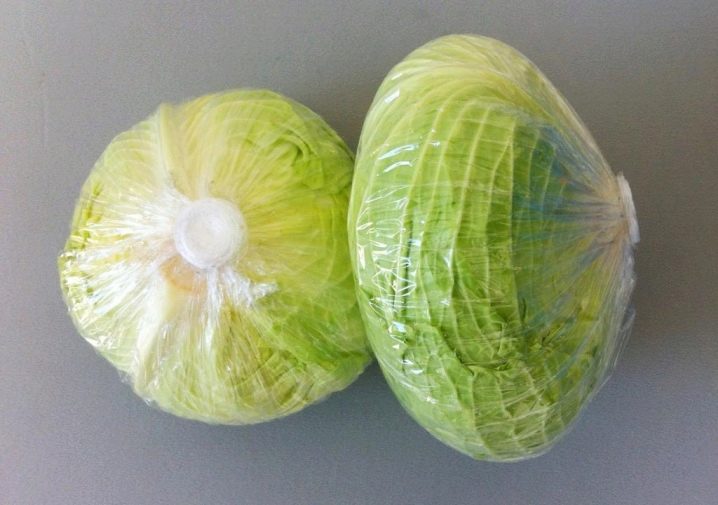
To keep the heads fresh for a long time, they are sorted and selected medium in size, as well as small heads. It is advisable to sort varieties that have different keeping quality. Early varieties are best eaten straight away. The same should be done with mid-season varieties. It is advisable to put late varieties separately and cook them during winter and spring. When storing the entire crop together, mid-ripening heads of cabbage may soon begin to rot, which will negatively affect the late-ripening varieties.
It is necessary to periodically inspect the forks and remove slightly rotted or damaged specimens. Compliance with the rules for storing heads of cabbage will allow you to preserve the harvest until spring without losing vitamins and taste.
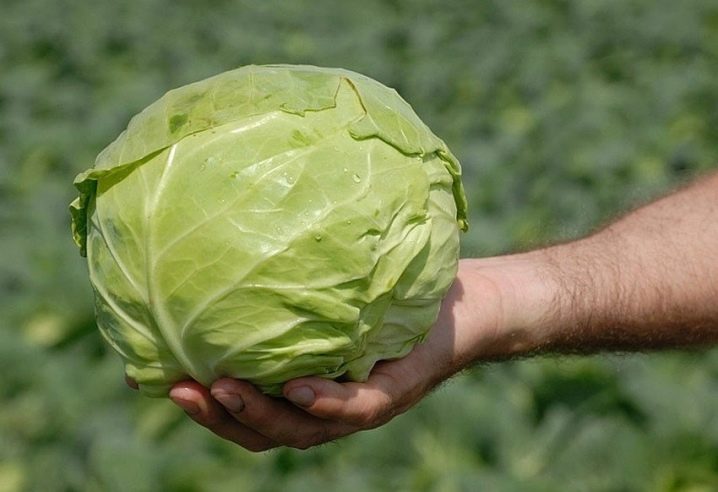
To preserve the harvested crop for a long period, many resort to certain tricks.
- Cover the heads of cabbage with clay. In this case, the clay will act as a barrier for microbes. In this case, the additional shell will not allow the head of cabbage to dry.
- Keep forks at a distance, being careful not to contact each other.
- The heads are suspended. In this case, the cabbage will not interact with any surface, which will protect it from rotting.
- Choose the coolest place for storage.
- Change the film periodically.
- Cleans leaves that are starting to rot.
Compliance with these conditions will lead to better preservation of vegetables and preservation of their taste.
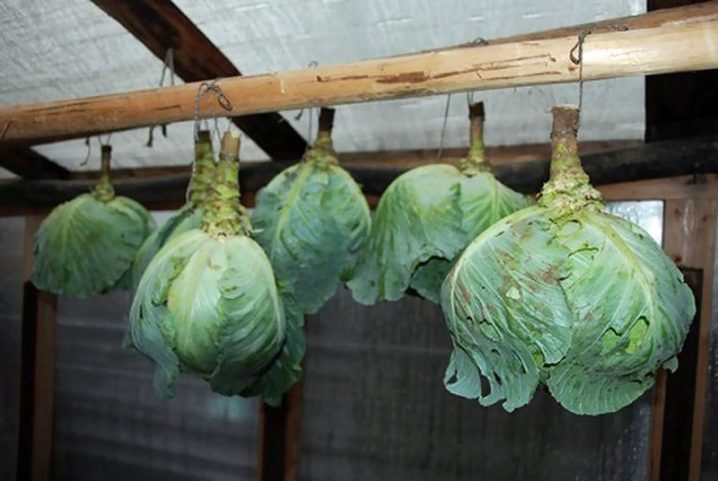
In the cellar
Storing the forks in the cellar will allow you to use this vegetable for food throughout the winter. It is important to maintain temperature and humidity. The temperature here should be kept between -1 and +1. Humidity should be between 85-95%. The creation of such conditions will allow you to protect vegetables from rotting, will allow you to preserve the taste and juiciness.
When laying vegetables in the basement, it is advisable to clean the room, ventilate and process. If necessary, take measures to remove rodents, etc. For long-term storage in the cellar, different methods are chosen.
- The easiest way is to put the heads in wooden boxes, with holes made for ventilation. It is advisable to put the boxes on a pallet or stand, this will prevent rotting of the harvested vegetables.
- The harvest is also stored in the form of pyramids of vegetables. To do this, pallets are placed on the floor to ensure circulation, heads of cabbage are laid out on top. Below you need to put large heads of cabbage, on top of them are smaller forks.
- Heads of cabbage are well preserved when suspended. To do this, in the cellar, you need to nail a board with nails driven in at the same distance from each other. Then the stumps are fixed with ropes and tied to nails.
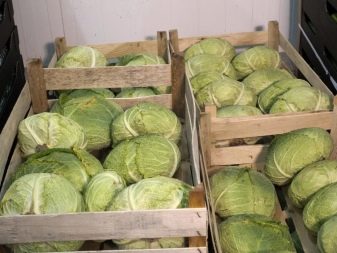

Providing full storage will allow wrapping the heads with paper or cling film. The main thing is not to wrap the forks with newspapers, since the presence of printing ink and lead in it can negatively affect your health in the future.
In the pantry
You can also lay out vegetables in the pantry, as the temperature here is usually lower than in the living room. It is good if there are shelves in the pantry, then the harvested crop can be spread loosely on them. You can also put vegetables in boxes, wrapped in paper. If you follow all the recommendations, then you can eat fresh cabbage from the pantry for 1-2 months.
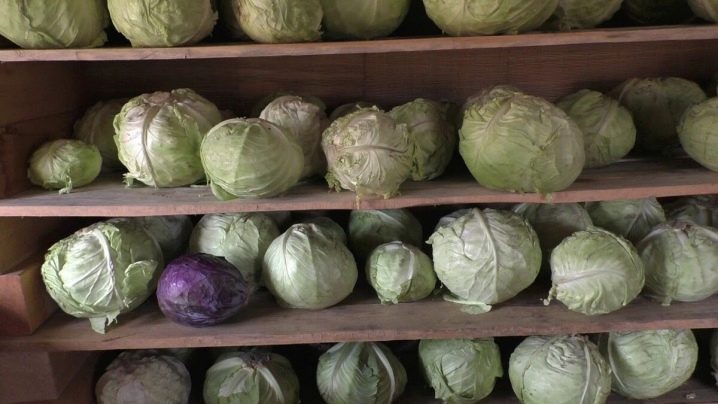
In the basement
If you have to store a large amount of cabbage until warm, then the basement will be the best place for this. In this place, the forks will be fresh for a long time due to the optimal temperature, the necessary humidity and ventilation. Before laying the crop in the basement, it is recommended to whitewash with lime, a solution consisting of 10 liters of water, 2 kg of slaked lime and a small amount of copper sulfate. After processing, the basement is dried. It is best to lay out the crops on shelves or on wooden pallets in the form of a heap. The presence of a hygrometer in the basement will allow maintaining the necessary humidity.
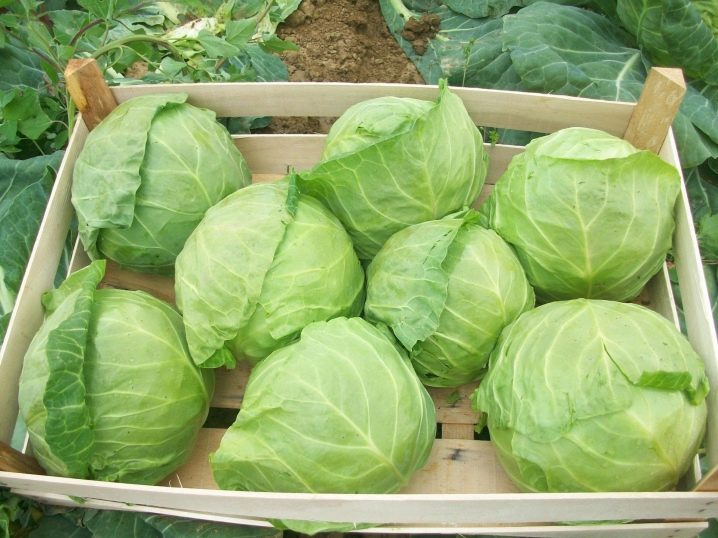
On the balcony
A good place to harvest is a balcony, but only a covered one. Here the heads of cabbage will be kept fresh for several months. For better safety, the forks are wrapped in paper or cling film, in this case they will not dry out or freeze. On an uninsulated balcony, in severe frost, heads of cabbage can freeze.
In this case, they are covered in advance with burlap or just an old blanket.
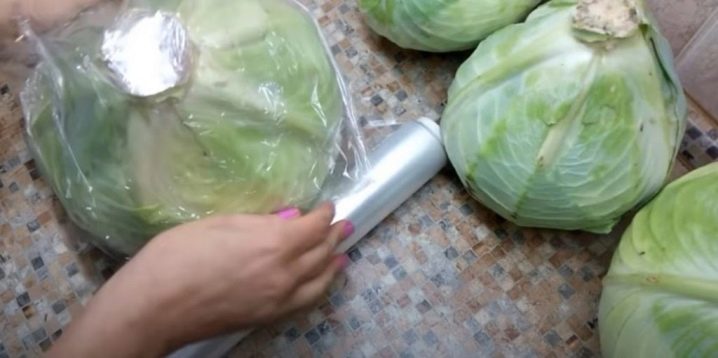
At home
Refrigeration until spring can only be done if the cabbage is frozen. When storing crops, consider the size of the refrigerator and the amount of space where you can put the product. Fresh vegetables are stored in the refrigerator, choosing for this a "freshness zone" with an optimal temperature around zero and a suitable humidity. Before laying, it is necessary to wash the heads, dry them, then wrap them tightly in cling film so that condensation does not form.
There is not much room in the refrigerator for whole cabbage heads, so it is advisable to chop part of the crop and use it for salting or freezing. If you organize the process correctly, then the prepared heads will remain fresh until warm. It is advisable to put a few heads of cabbage in the refrigerator, and take the remaining heads to the pantry and to the balcony. It is better to immediately take the heads kept warm, and then use the heads from the balcony.
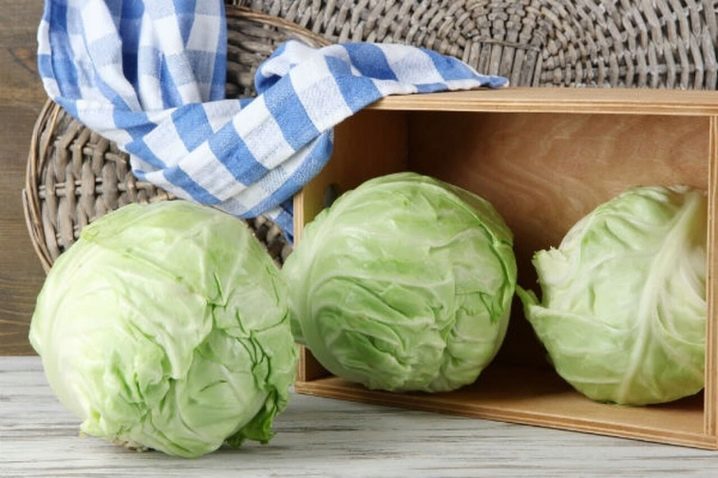
How to keep sliced cabbage?
In the event that the cabbage is stored in the freezer, it is pre-crushed by chopping it into strips. The prepared straw is then placed in a suitable container or packed in bags. You can also use foil bombs with a tightly wrapped blank inside. The packages are placed in the freezer and used in cooking.
There is no need to unfreeze the package. Cabbage stored in the freezer is taken for preparing the first or second courses, but it is unsuitable for salads, since after defrosting it loses its elasticity and does not crunch. It is not necessary to cut the cabbage into strips. You can also freeze whole leaves, they are suitable for making stuffed cabbage.
Having thawed, such leaves will be pliable and will not need to be boiled to make them soft.
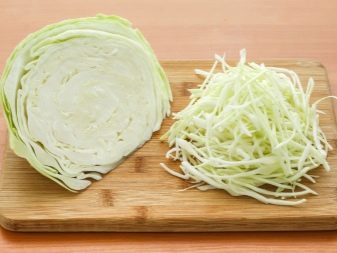
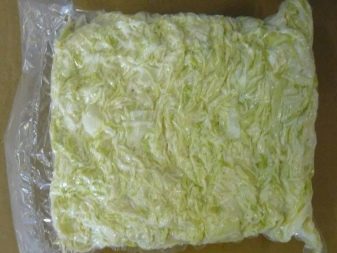
Chopped cabbage can also be fermented, pickled, or used as a canning ingredient. To ferment a vitamin vegetable, you need to chop the cabbage, rub the carrots, add salt and arrange in containers. Salted cabbage will remain crisp and juicy if left on the balcony or in the refrigerator.
In addition, you can dry this healthy vegetable by cutting it beforehand. To do this, it is necessary to decompose the crushed head of cabbage and dry well, then decompose in dry bottles. You can keep the cabbage in this form just in the room or in the refrigerator. The dried billet is usually added to the first courses.
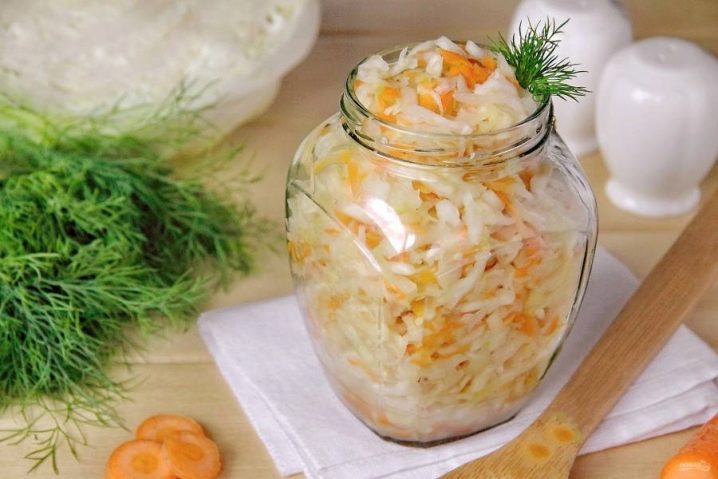
Possible problems
But even observing all the conditions, you can see signs of rot or other problems on the heads. In this case, it is necessary to immediately address this issue.
- In the event that the cabbage turns black inside and begins to rot, it must be removed. It is important to ensure minimal contact of contaminated vegetables with other heads of cabbage.
- If the upper leaves begin to deteriorate, it means that the vegetables are in a room with a high temperature. It is necessary to move them to a place with more suitable temperature indicators.
- Withering cabbage. This may be due to insufficient humidity. To prevent this, you need to coat the heads with clay, wrap with cling film or paper.
To prevent the cabbage from sprouting or starting to rot, it is better to pollinate it with ordinary chalk before laying it.
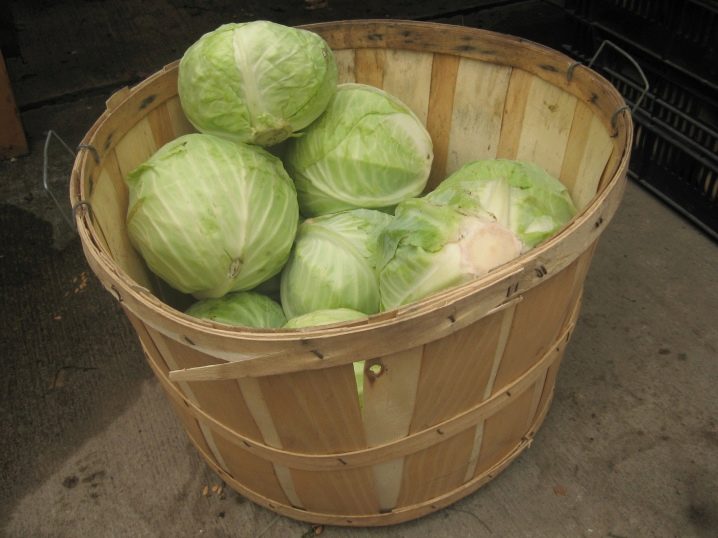













The comment was sent successfully.